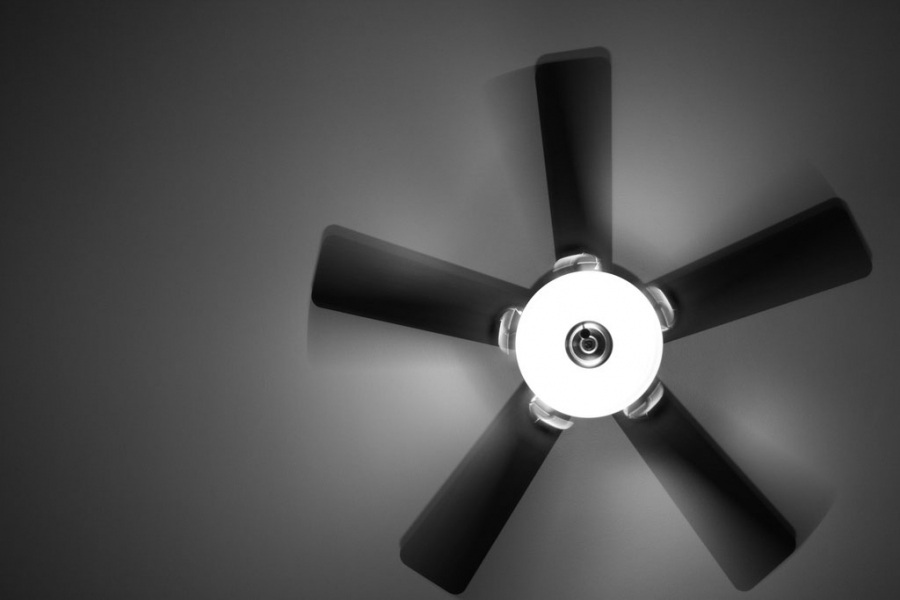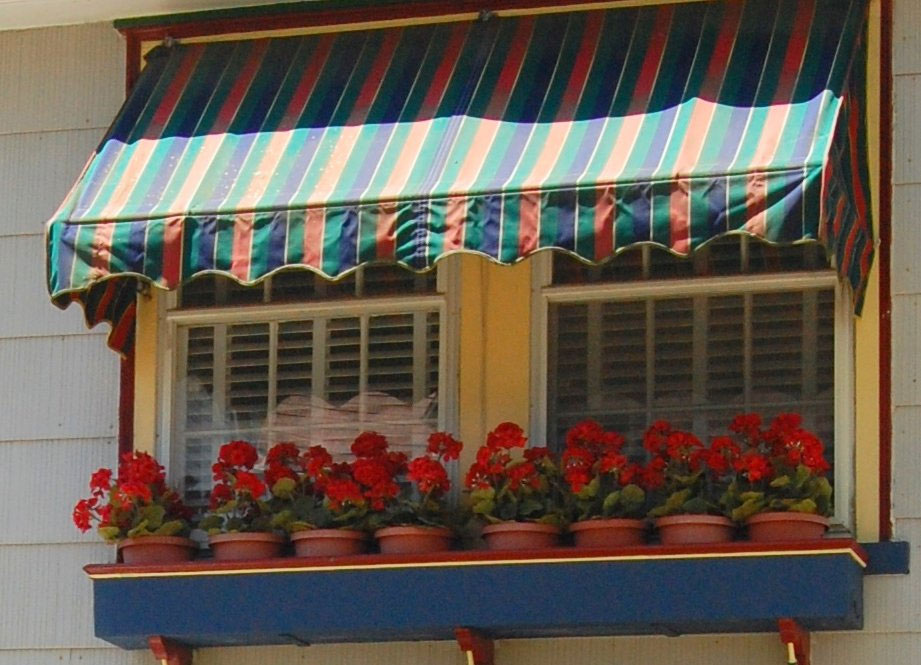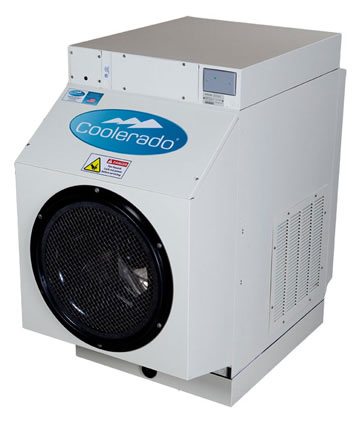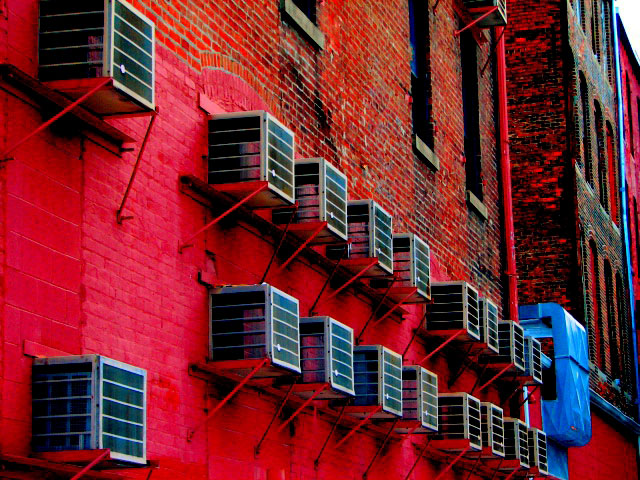9 Home Cooling Tips
The summer heat waves are upon us, so we've come up with some simple and easy ways to stay cool.
 Ceiling fan by !!!! scogle CC BY 2.0
Ceiling fan by !!!! scogle CC BY 2.0

As much as one-sixth of the energy produced in the United States goes to cooling buildings. With higher temperatures predicted in the coming decades due to climate change, we need to adopt more sustainable and efficient cooling practices than just turning on the air conditioner.
Obviously, air conditioning is a critical system for many commercial buildings, vehicles, and homes in extremely hot climates, but we can beat the heat in many other ways, using little or no energy and reducing the burden on the electrical grid when it's pushed to the limits.
Air conditioning is frequently overused in many circumstances, especially during a heat wave. How many times have you shivered through a meal in a restaurant where the air conditioning was set too cold on a hot day? Keeping your home a few degrees cooler than outside is usually all it takes to make us comfortable in most cases. Compressor-based air conditioners are notorious energy hogs even when they're operated at reasonable temperature ranges. Just ask any data center.
A bright spot on the air conditioning front is an air conditioning system made by Coolerado that uses 50% –90% less energy than do traditional compressor systems. That means it may even be possible to power these air conditioning systems with solar panels – you can't get more efficient than that!
Here are 10 more energy-efficient ways you can keep your cool at home on those hot summer days and nights.
Outside your home

-
Plant deciduous shade trees. Well placed deciduous trees shade your home in the summer and allow passive solar heat in the winter when they shed their leaves.
-
Install awnings and shades. Much like shade trees, awnings keep direct summer sun from overheating your home while allowing the lower winter sun in when you want it.
-
Roof with light colored materials. Light colored roofing and reflective metal roofing can significantly reduce the need to cool your home, by as much as 40%. The White Roof Project encourages people and communities to take the simple step of painting their roofs white to reflect the sun's heat as a way to slow the effects of climate change.
-
Keep it cool, not cold. Turn the thermostat up on your air conditioner: when it's 110 degrees outside, 90 degrees feels cool by comparison. Keeping your inside temperature just a few degrees cooler than outside will save you money and mean less of a temperature shock when you do need to go outdoors again. Fans can also make a big difference, because moving air has a cooling effect on the skin.
-
Use passive cooling techniques. Close windows, drapes, and blinds early in the day to keep direct sunlight and warm air from getting in the house. Open windows for cross-ventilation and supplement by running a whole-house fan to cool your home at night. Well insulated walls, double-glazed windows, and proper air sealing make passive cooling very effective, even without air conditioning.
-
Avoid cooking if you can. Turning on the oven or several stove burners will quickly heat up the house. Plan your meals accordingly by making salads and cooking in the microwave or on the barbecue grill.
-
Dress for the weather. Wearing a lightweight cotton shirt shorts and sandals allows your skin to do its job and cool you down through evaporation.
-
Fan yourself. Even if you don't have power or an electric fan, fanning yourself moves air across your skin to aid in evaporative cooling.
-
Don’t forget cool water. During a heat wave, keep a supply of wet cloths stored in the fridge. Wiping down your skin with a cool cloth will reduce your temperature (just like with a fever). Some people suggest spritzing the skin with a mixture of distilled water and peppermint oil. A cool shower late in the day is also recommended.
Inside your home

Cooling yourself
While your first thought may be to cool the space around you, don't forget to take some simple personal steps you can take to keep you cool too.
These are just few ways that we can keep our cool while taking control of our personal energy use. If we each do our share, we should be able to keep the power available for the things we really need – like our refrigerators.


Rick Atkinson
Rick Atkinson works from (and on) his century-old farmhouse in New Brunswick, Canada. His professional and freelance career has ranged widely, contributing to an unusual mix of experience: as musician, retail manager, video producer/editor, CAD designer, woodworker, DIYer, beekeeper. He keeps a close eye on global events, particularly energy and climate change, new technologies, and long-term social and economic trends. Currently, Rick freelances in Kitchen & Bath cabinet design and CAD drawings for a custom cabinet shop. After hours, he creates original woodworking projects and plans, and writes about home improvement and design on his blog,StonehavenLife.com.







